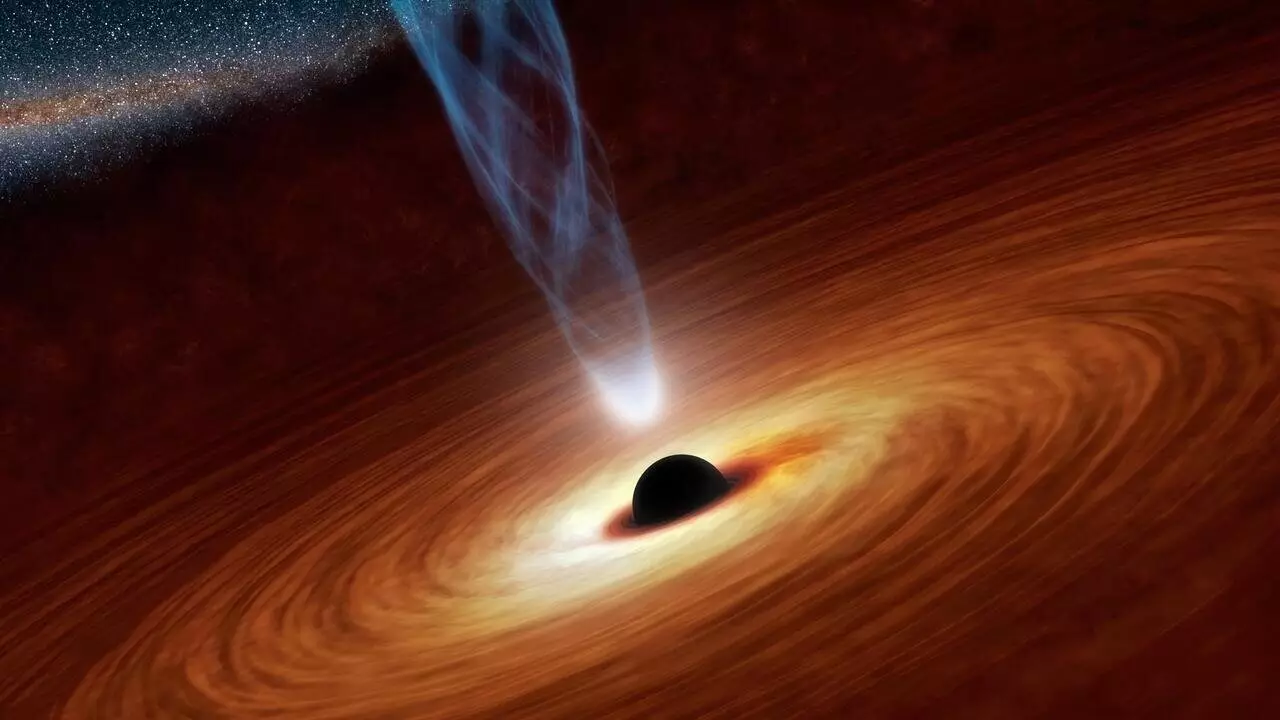Astrophysicists have long been fascinated by the concept of “kugelblitze,” theorized to be black holes caused by extremely high concentrations of light. These special black holes were believed to have connections to dark matter and even posited as potential power sources for futuristic spaceship engines. However, recent research from the University of Waterloo and Universidad Complutense de Madrid challenges the existence of kugelblitze in our current universe.
Theoretical Obstacles
The new study titled “No black holes from light,” published on the arXiv preprint server and soon to be featured in Physical Review Letters, takes into account quantum effects that were previously overlooked in existing theories. The research team, led by Eduardo Martín-Martínez, highlights the impossibility of creating kugelblitze due to the immense concentration of light required, far beyond what is observable in phenomena like quasars.
José Polo-Gómez, a Ph.D. candidate involved in the study, explains that before reaching the necessary intensity of light, quantum effects would come into play, leading to the spontaneous creation of particle-antiparticle pairs that would disperse rapidly. This crucial insight sheds light on the fundamental limitations of current astrophysical theories regarding the formation of black holes from light.
While replicating the extreme conditions required to test these theories on Earth is currently unfeasible with existing technology, the researchers draw parallels to positron emission tomography (PET) scans to emphasize the reliability of their predictions. The concept of vacuum polarization and the Schwinger effect underpin their conclusions, showcasing the interdisciplinary nature of modern physics research.
The debunking of kugelblitze, while disappointing for some in the astrophysics community, represents a significant milestone in advancing our understanding of the universe. By delving into the intricacies of theoretical physics and quantum phenomena, the collaboration between applied mathematics, the Perimeter Institute, and the Institute for Quantum Computing at Waterloo paves the way for future technological breakthroughs.
The groundbreaking research on the impossibility of kugelblitze highlights the intricate interplay between light, quantum effects, and gravitational forces in the universe. By questioning existing assumptions and pushing the boundaries of scientific inquiry, the study opens up new avenues for exploration and sets the stage for further discoveries in the realm of astrophysics and beyond.


Leave a Reply